Real World Examples
By completing the Computer Systems Integration course, you are able to understand and gain experience in building and designing complex products. Such as semiconductors, related components and modules for embedded processing, control and communication (both wireless and wired), power management, and LED lighting systems for traffic signals. The skills that you would gain from the course would allow you to be able to design, build and program electronic devices to do a wide variety of tasks. As a result, many students do commercial work alongside studies from smartphone apps to industrial technology as shown in the Degree section. If you would like to see more example, see the table below:
This page provides examples of Embedded Systems, real world examples of such systems. Designing complex embedded systems requires knowledge of components and modules for embedded processing, control, communication, power management and more. We have the necessary skill-set to tackle these design challenges. This page showcases embedded technology and indicates areas where we have experience. Contact us if you want further information or help.
Some examples of embedded systems that provide smart technology are shown below:
Traffic Light Control
Fast transportation systems and rapid transit systems are nerves of economic development for any nation. Transportation of good, industrial products, manpower and machinery are the key factors which influences the industrial development of any country. Traffic congestion results in long waiting times, loss of fuel and money. So how do we solve this problem?
By using Embedded System Design, controlling the traffic light controls is one way to resolve the issue. Present traffic light controllers are based on microcontroller and microprocessor. These have limitation because it used predefined hardware, which is functioning according to the program that does not have the flexibility of modification on real time basis.
To make traffic light controlling more efficient, the emergence of new technique called "Intelligent traffic light controller" was brought in. These learning traffic light controllers solve problems by estimating how long it would take for a car to arrive at its destination address (for which the vehicle may need to pass many different traffic lights) when currently the light would be put on green, and how long it would take if the light would be put on red. Another feature is that the system is very fair; it never lets one car wait for a very long time, since then it gains of setting its own light to green becomes very large, and the optimal decision of the traffic light. Embedded System Design solve the traffic light control problem by using a distributed multi-agent system, where cooperation and coordination are done by communication, learning, and voting mechanisms.
As a result, learning controllers can reduce average waiting times with at least 70% in semi-busy traffic situations, and even much more when high congestion of the traffic occurs. Overall, the Intelligent Traffic Light Control using Embedded System is more reliable, highly accurate and offers higher performance over the traffic light controllers that we have used earlier. The availability of good design tools and software engineers has been two key factors in fueling the growth of embedded systems. The Intelligent traffic control is just a small part, looking at the bigger picture it has large-scale application in ITS (Intelligent Transportation Systems).
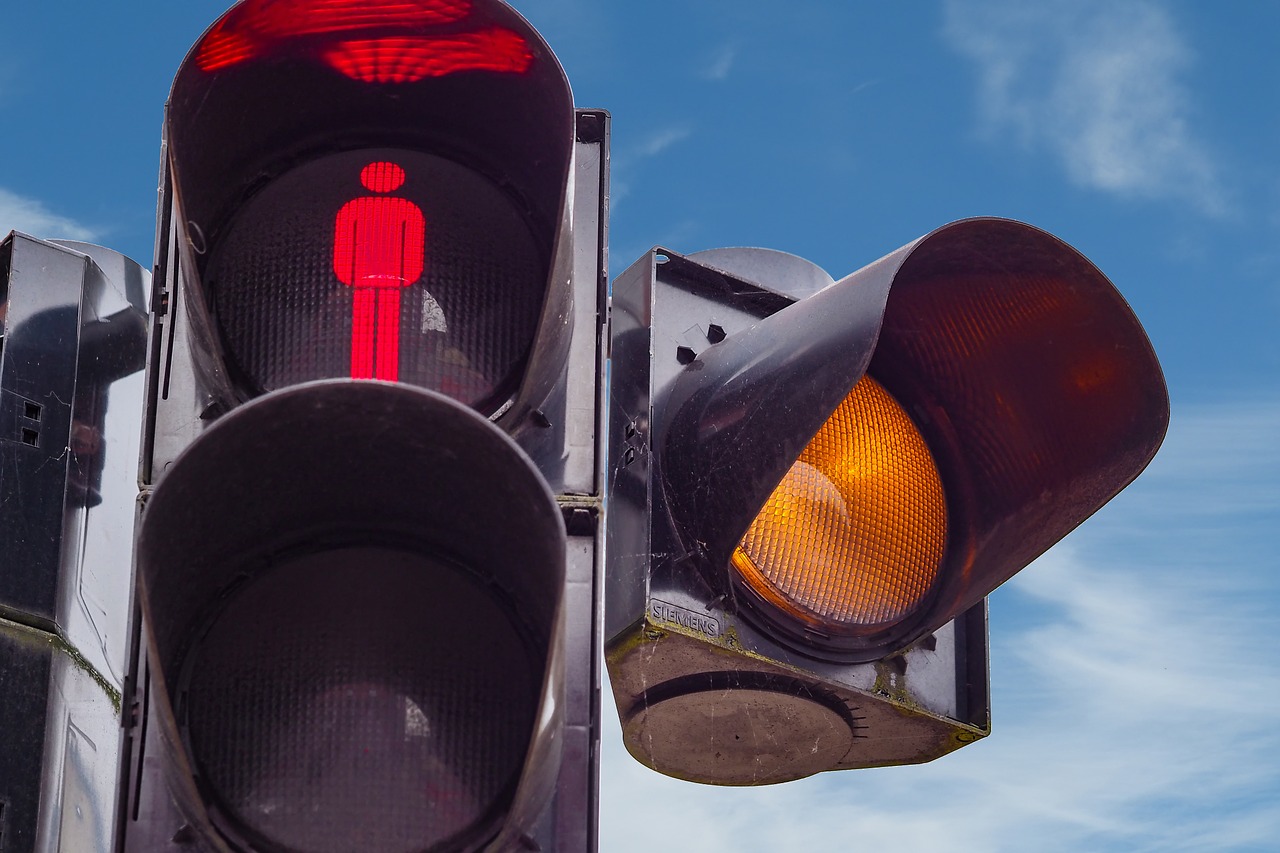
Traffic congestion is a problem, especially in cities where good transportation is important for the movement of goods and commuters. It follows that economic growth and development often relies on good transportation links. Traditional set-interval traffic lights are not able to optimise the traffic flow and during busy times this results in increased congestion which wastes time, increases pollution and ultimately costs money.
A smart network of embedded systems can be used to make the traffic light controllers "intelligent". Using a network of sensors and predictive algorithms the controller can improve the state of traffic flow and even target specific goals such as making sure buses are not held up, reducing pollution or even minimising danger by controlling slip road congestion.
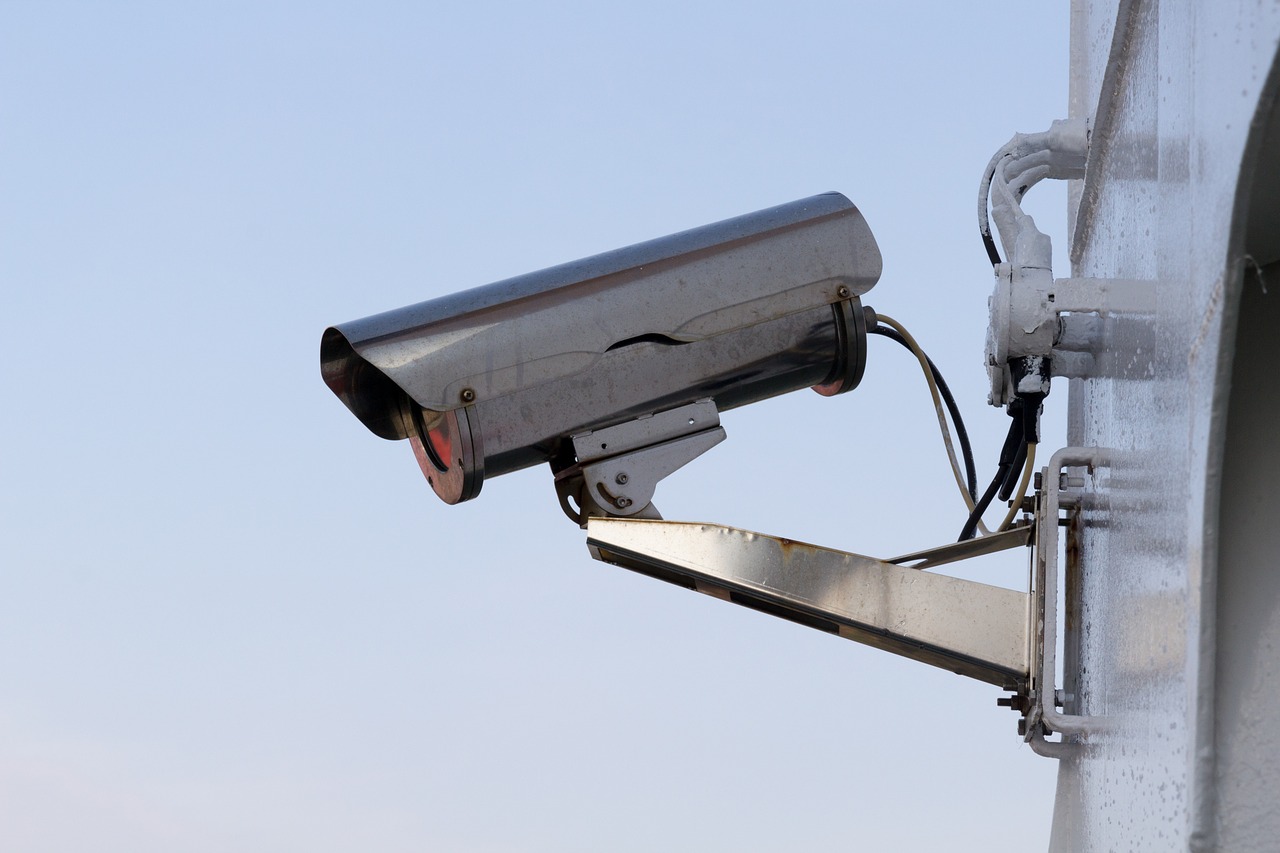
Sensors are used to detect vehicle numbers and positioning by mounting detectors in the road surface and/or cameras above the traffic. Newer systems are looking to communicate directly with the vehicle. This can be used to determine the vehicles destination which help improve traffic simulation. It could even be used to let the ECU (Engine Control Unit) know about traffic speed so it can adjust engine parameters to increase efficiency. Most systems send sensor data back to a central control unit where traffic flow algorithms can be used to predict and avoid congestion by coordinating the traffic lights.
Smart or learning traffic light controllers can reduce the average waiting times by at least 70% in semi-busy traffic situations, becoming even more efficient during heavy congestion.
Noise Monitoring
Noise pollution happens in urban areas and would need to be monitored; harbours where unloading and loading of containers takes place, are producing high noise levels. An example of this is the Grenland Harbour in Norway, which has experienced regular complaints from neighbours. The local authorities required installation of noise monitoring terminal to make sure that the local noise legislation was followed. There are strict regulations on when port activity such as container loading and unloading can take place.
With the emergence of multi-core embedded processors and complex embedded applications, circuits with increasingly higher speed are being integrated at an increasingly higher density. A solution to have the noise levels and weather data stored in a local database was made. This enables the acoustic consultant to analyse the data and compares them with the time of neighbours’ complaints. The user has direct access to the database via the internet connection in his/her office. Since the audio signal is also recorded, the real source of the noise can be identified and high level measurements that are not related to harbour activities can be sorted out.
The noise monitoring station can give an objective picture of the noise situation in the harbour area at the specific times when neighbours have complained about the noise. The data from the noise monitoring station also indicate the trend of the noise situation. The neighbours themselves have access through web to the noise reports that are made by the independent consultant. Every month graphs are made that show maximum and equivalent noise level for day, evening and night.
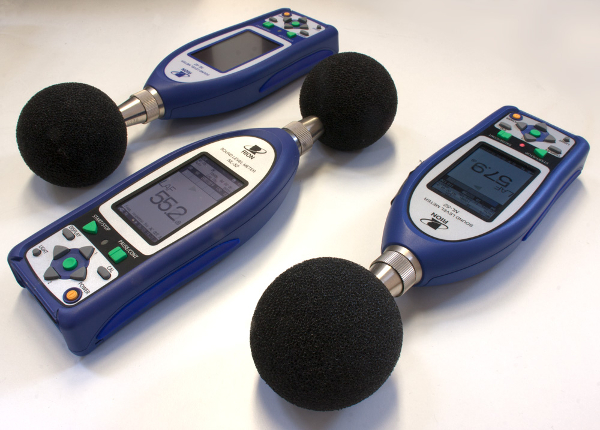
Noise pollution is a problem, especially in urban areas and as a result restrictions are often put in place by the local authority. Greenland Harbour in Norway is a good example of this. The harbour experiences regular complaints from neighbours because of the noise generated during the loading and unloading of containers. To make sure the noise restrictions are upheld the local authority wanted to install noise monitoring equipment. Subsequently the devices are used to ensure the containers are only unloaded/loaded at the permitted times.
Data from the monitoring stations is uploaded and stored in a database. A consultant has access to the database through a web interface, which enables the noise levels to be visualised. The raw audio signal is recorded along side the noise levels enabling the user/consultant to investigate exceedances and determine what caused the noise.
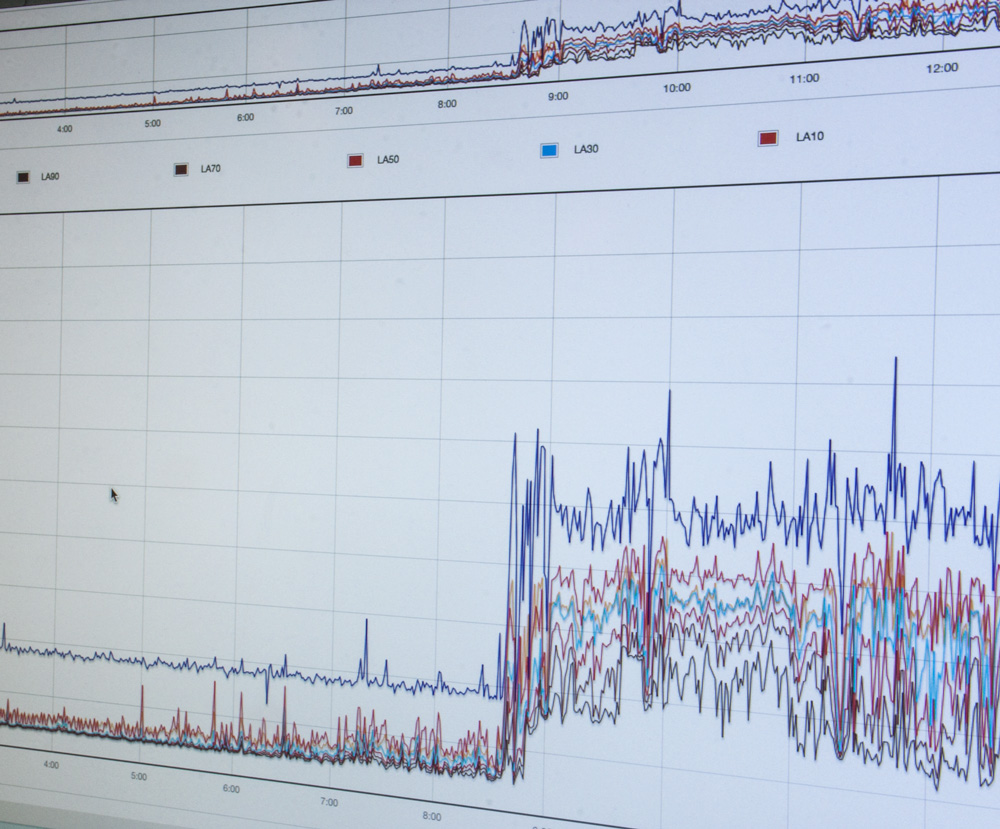
The system can be used to monitor the noise level at any given time, allowing complaints to be investigated and resolved. The data allows noise pollution trends to be researched and perhaps influence new regulations. Neighbouring parties have access to the the noise reports made by the independent consultant so they can keep track of incidents. The data is also aggregated to show maximum and equivalent noise levels during the day, evening and night.
Waste Management
Current waste collection logistics is carried out by emptying containers according to predefined schedules; and routes which are repeated at a set frequency. The current waste collection system has much inefficiency, such as it is time consuming - trucks go and empty containers whether they are full or not; therefore it allows greater traffic flow and congestion. Unnecessary fuel consumption is used and an increased noise and air pollution as a result of more trucks on the road. Public administrations and urban service managers want to optimise the management of this service to reduce infrastructure, operating and maintenance costs, as well as reduce contamination directly associated with waste collection. So what solution could solve this issue?
Intelligent waste management solution would involve applying technology (electronics, embedded systems and applications) to the current operating system to enable two-way communication between the infrastructure deployed in the city and service operators. It diverts the focus on collection routes based on the fill levels of the containers. Intelligent and efficient waste logistics is possible today through; an embedded system and communication networks. Thus enables real-time information on the fill level of containers and monitors truck routes. In this way both the Service Managers and citizens benefit from an optimised system which results in major cost savings and less urban pollution.
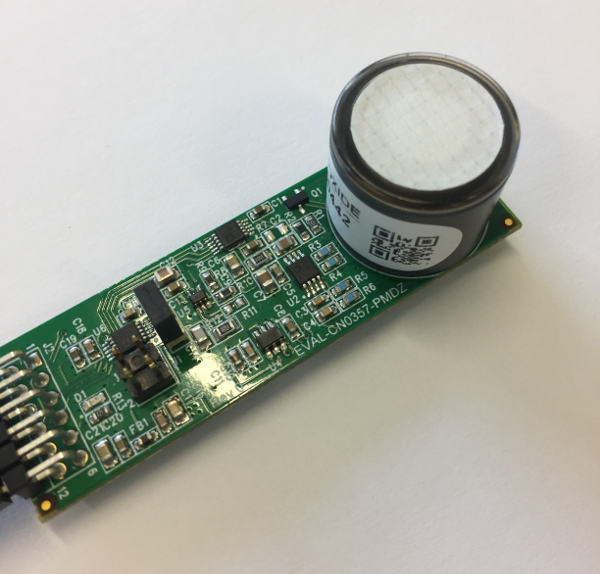
Traditional waste management schemes collect rubbish on predefined routes at scheduled dates and times. This type of scheduling doesn't take into account the realtime needs of waste collection. Containers along the predefined routes may be relatively empty compared to others resulting in unneeded stops. It is also hard to predict the required rate of collection in different areas without statistical data (which would have to be manually collected). Waste collection can be made much more efficient than this. Public administrations and urban service managers want to optimise the management of this service to reduce infrastructure, operating and maintenance costs, as well as reduce contamination directly associated with waste collection.
Embedded systems can be used to help create an intelligent waste management system. Ultrasonic sensors are used to detect how full containers are and the data is transmitted back to the management system. The collection service can then be dynamically routed to containers based on their remaining capacity. This means fewer collection trips, reducing costs and pollution. Contamination is also reduced as containers are emptied before they become full.
These kind of systems are already in place in cities such as Barcelona, Rotterdam and Antwerp.
Smart Parking
Locating a parking space in central city areas, especially during the peak hours, is inconvenient for drivers. The issue arises from not having the knowledge of where the available spaces may be at the time, even if known, many cars may seek very limited parking spaces to cause severe traffic congestion.
In some parking lots there are no standard system to check for parking spaces. The system heavily relies on human interaction with the physical space and entity. This leads to wastage of human manpower and also parking spaces at times. Most of the time when users go to malls and commercial complex, they experience that there is a limited space for parking spots especially on prime hours. Hence, there is a desperate need of a robust parking system that will enable us to reserve the parking spots. For that it is necessary to build a centralised system to gather all the information on parking spots of malls, commercial complexes, and multilevel car parking systems.
Features of the Smart Parking includes vacant parking space detection, displays of available parking space, direction indication, and payment systems. It should detect car park space occupancy via ultrasonic sensors sat above each parking space. Drivers looks at the LED display board (located at the main gate entrance) which shows type and number of parking spaces available. After driving into the car park, drivers look at the internal information LED display to show availability and direction. The parking fee payment system needed to be accurate with different types of payment choices like cash, credit cards, special travel cards etc. An example is the EPC-B2203 which offers flexible I/O connection for payment, vacant parking spaces, and direct information displays and two GbE ports connect in real time to receive available parking space data in order to assist drivers to find parking spaces quickly.

Locating a parking space in central city areas, especially during the peak hours is inconvenient for drivers. Drivers are not made aware of available parking spaces and so use an inefficient trial and error approach. Some areas are more popular and become easy congested.
Traditional car parks have no way of communicating available spaces and it is up the driver to explore and find a space. Big enclosed car parks do sometimes have a counter system which logs the number or vehicles entering and leaving. These are used to display the number of free spaces, and are often placed on electronic signs within close proximity to the car park. This system doesn't work for street parking or unbounded spaces. In unbounded parking areas each individual space needs to be accounted for.
Smart parking systems use embedded systems to help monitor parking space availability. Sensors (normally ultrasonic) are placed in each parking bay and are able to detect the presence of a vehicle. The sensors are generally grouped together with a single gateway to the internet. This reduces the power requirements of each sensor which relay their data using short range communication to the gateway. The gateway then sends the data over the internet to the central control system.
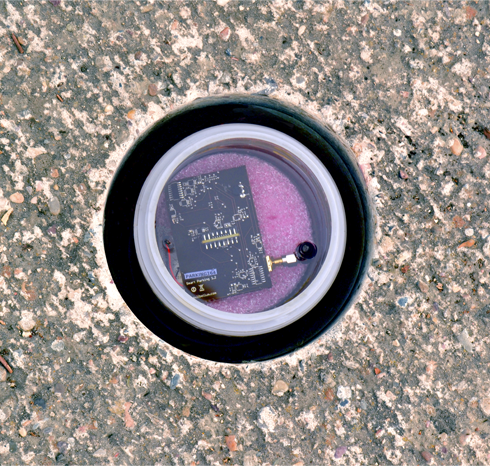
The central control system stores the availability of each parking space making the data available to users through Apps and in-street interfaces. The user can download an App which displays and even directs them to available spaces.
Apart from knowing whether the space is available, payment is also important. There are different ways of allowing the user to pay. The App could be used as a payment service provided locational data is provided in some form, whether it be manual, code scanning or NFC (Near Field Communication). RFID tags mounted on the vehicle could be used to automate payments using a subscription, preventing the need for entering in locational data. This relies on the bay having extra RFID readers. Parking fee offenses can be generated by comparing the spaces occupied with the spaces paid for.
Intelligent Shopping
Buying and shopping at enormous shopping centres is an everyday movement in metro urban communities. We see huge rush in these shopping centres on vacations and weekends. Individuals buy diverse products and place the items in the cart. After completion of shopping, the customer goes to the billing section for payments. At billing counter, the worker reads the bill utilizing standardised identification reader (i.e. barcodes) which is extremely wastage of time and brings a long waiting queue in the billing section.
Introducing Smart Shopping Cart - customers can purchase a substantial number of item in less time with less effort. In present day time, for computerisation of shopping centres, imagine building up a microcontroller based smart shopping cart which is absolutely automatic. The proposed framework would have three modules. First module i.e. purchases item module, placed in the shopping cart and the second module i.e. billing module will be available at billing section to identify the cart number and bill details automatically. Third module consists of an RF based transmitter which is used to recognize the offer zones where current offers will be running and intimate the clients about it by having a pop-up message in the cart screen. Overall, the Embedded Systems are the Wireless Modules that will save time and energy for the user.
Although online shopping has seen a dramatic boom, a substantial number of people still regularly visit stores, especially for small repetitive purchases such as those made at supermarkets.
Beacons
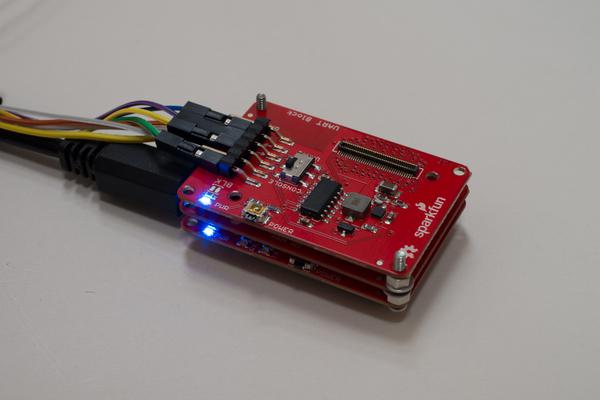
Beacons are low energy bluetooth devices that can be used to communicate with potential customers. When a phone comes within range the beacon can send an alert sharing information with the customer. The alert might be about current sales and coupon deals or provide help information such as finding the nearest checkout counter. Other use might include: tracking of people or possessions; security and automatic unlocking/locking; triggering requests for things like payments.
The beacons themselves do not send meaningful data but instead an identifier which an app has to make use of. The app might use an internet connection to look up the identifier and convert it into a message, then trigger a push notification on the phone.
In Store Advances
The traditional process of placing items in a basket or trolley and going through the checkout service is slow and in-efficient. Each item has to be scanned using a barcode reader by either an employee or customer at the checkout. Quick pay services allow you to scan while you shop which speeds up the process but fundamentally everything still has to be scanned manually. RFID (Radio Frequency Identification) can be used to automate this process, reducing checkout times and the required manpower.
Making the shopping experience truly smart requires change to the logistical handling of goods. Currently barcodes are used to identify and track products from the supplier to the store to the customer. This chain of event makes RFID a hard technology to implement completely, it requires all the suppliers to change the way they package and send goods. The change over to RFID technology is also cost dependent, it must provide enough savings to warrant a switch from barcodes. As the cost of RFID decreases due to technological advances more shops are trialling the technology. Grocery stores are the obvious target for this kind of technology due the repetitive and frequent nature of the shoppers. One of the first supermarkets to trial smart shopping technology was Germany's Metro Stores.
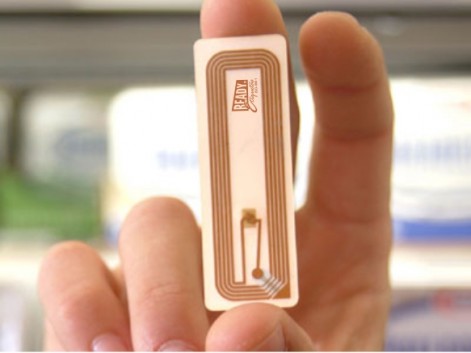
As smart shopping systems are yet to be fully implemented, the following are ideas about their use, not current widespread systems: Shopping baskets and trolleys will become embedded devices which have an RFID reader and can communicate with the store wirelessly. All products have an RFID tag which hosts their identification number and replaces the need for barcodes. When placed in a basket the RFID reader picks up the tag and adds it to a list of items in the basket. It can then do things like query the store database for prices to provide a running total. When paying the basket pairs with the payment kiosk and transfers the list of items in the basket. The payment can then be made by the customer using normal methods. Alternatively automated forms of payment could also be used. Having signed up with the supermarket, leaving the store could act as a trigger for the payment process. Each basket syncs with the store as you leave through the exit and payment is automatically taken.
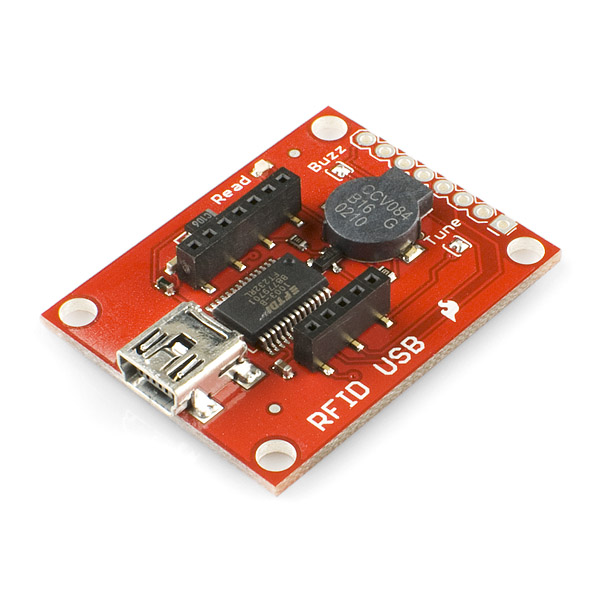
Embedded systems used for smart shopping benefit the business as well as the customer. By using RFID tags goods can be tracked in much more interesting and effective ways than using barcodes. Shelving units can also be smart, detecting how many items are on the shelf and whether more stock needs to be ordered. Restocking processing can be optimised giving managers real time feedback on shelf states. Other interesting ideas include targeted advertising while shopping, based on the customers basket contents and and looking at the patterns shoppers fall into.
The previous few paragraphs focused on shopping in individual stores but this kind of system could also be applied across stores in large shopping centres. As long as each item in every shop has a unique identification code customers could use a generic "shopping centre" baskets. When leaving the centre a single payment is made and the system distribute the funds to retailers based on the items purchased.
If you think you are able to contribute or are interested in these example given above - contact Xor Systems